Experts say the US has helped China succeed in developing artificial intelligence (AI) at low cost, as Washington has restricted Beijing’s access to advanced but expensive chips.
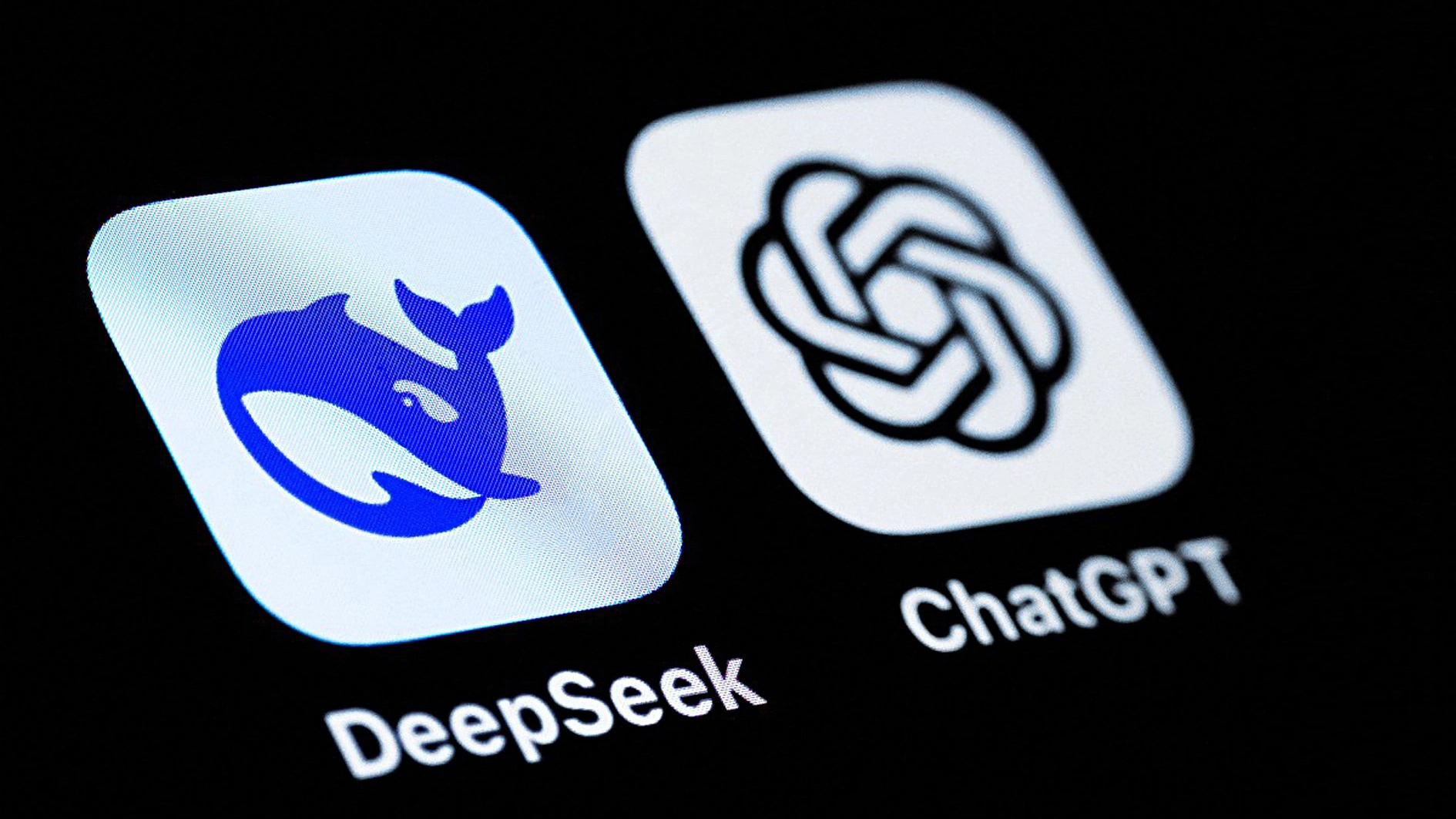
Logo of AI chatbot DeepSeek application (China) next to ChatGPT application (US) on smartphone screen - Photo: AFP
While US tech giants are claiming to spend hundreds of billions of dollars to develop cutting-edge AI models, Chinese start-up DeepSeek proves the opposite: it only takes a few million dollars.
Necessity is the mother of invention
"When ChatGPT launched in November 2022, the US was still leading in generative AI. However, over the past two years, this gap has gradually been erased," Professor Andrew Ng, one of the 100 most influential people in global AI in 2023, told the South China Morning Post (SCMP).
He made this comment in the context of DeepSeek, a Chinese AI start-up, causing a surprise when it launched a free AI model comparable to ChatGPT in January 2025.
With the emergence of models like Qwen, Kimi, InternVL, and DeepSeek, China has not only narrowed the gap but is also gradually taking the lead in some areas of AI, according to Mr. Ng. China Daily emphasized that DeepSeek leverages open source to develop AI tools, allowing for widespread collaboration and experimentation, promoting faster breakthroughs in the industry.
Compared to US AI technology corporations, DeepSeek has a publicly disclosed development cost of less than $6 million. This challenges the argument that it takes billions of dollars to train AI, as US companies often claim.
Despite being limited in its access to advanced chips due to Washington’s ban, DeepSeek proves that the AI industry doesn’t have to rely on giants like Nvidia. China’s chatbot only needs about 2,000 of the less-complicated chips to develop, while Meta’s latest Llama 3.1 AI model requires 16,000 of Nvidia’s advanced H100 chips.
Shortly after its release, DeepSeek’s chatbot quickly rose to the top of Apple’s App Store rankings, surpassing ChatGPT. On January 20, DeepSeek released its open-source model R1, which is considered to have similar features to the closed-source model ChatGPT. Notably, OpenAI CEO Sam Altman also praised DeepSeek’s approach.
Doesn't it take a lot of money to develop AI?
On February 3, the Independent reported that a US research team had recreated DeepSeek’s AI chatbot for just a few dozen dollars, reinforcing the trend of low-cost AI development. A research team at the University of California, Berkeley, claimed to have copied DeepSeek’s R1 model for less than $30.
“We reproduced DeepSeek R1-Zero in the CountDown game and it worked well,” PhD student Jiayi Pan shared on the X platform. Pan hopes the project will make AI more accessible.
The success of DeepSeek and Mr. Pan's team's project shows that the cost of training AI can be much lower than the hundreds of billions of dollars that US technology corporations claim.
Tech experts say DeepSeek could have a profound impact on how AI is built and used in the future. Meta Platforms AI scientist Yann LeCun says DeepSeek shouldn’t be interpreted as “China is surpassing the US in AI.” The correct way to phrase it, he says, is “Open source models are surpassing proprietary models,” according to an article in SCMP.
DeepSeek changes approach, not 'game changer'
Mr. Dang Huu Son - Deputy Director of the Institute for Applied Technology Research and Human Resources Development, co-founder and CEO of LovinBot AI - commented: DeepSeek is unlikely to become a "game changer" in the AI field in the long term.
According to Mr. Son, DeepSeek has successfully completed its most important task: changing the approach of investors and businesses towards the trend of "popularizing" AI technology - towards low cost and easy access. However, in the long term, they will face great challenges in terms of investment costs and fierce competition to maintain model quality.
The launch of DeepSeek - a low-cost, low-resource, open-source AI model - has attracted attention, forcing American AI giants to reconsider their strategies. This case is similar to Temu, which chose a low-cost strategy to compete.
However, experts say that DeepSeek does not really outperform other high-end models in performance and has limitations in handling complex tasks.
One unique feature of DeepSeek is that it allows users to see the “thought process” as it makes inferences. However, this opens up serious security holes. Experts have pointed out that DeepSeek is vulnerable to a variety of attacks, from simple language manipulation to complex “prompts” generated by the AI itself.
Furthermore, cost optimization forced DeepSeek to cut back on some protection mechanisms. This left the system vulnerable to sophisticated tactics, leading to the risk of unwanted information being returned or behavior being manipulated.
In Vietnam, lessons from DeepSeek open up opportunities for developing AI at reasonable prices while still ensuring safety. LovinBot AI is currently researching but has not yet integrated DeepSeek, despite its low cost and open source code, because the most important requirement is still information security and avoiding the risk of content manipulation.
Source: https://tuoitre.vn/trung-quoc-pha-gia-ai-20250205001728107.htm






























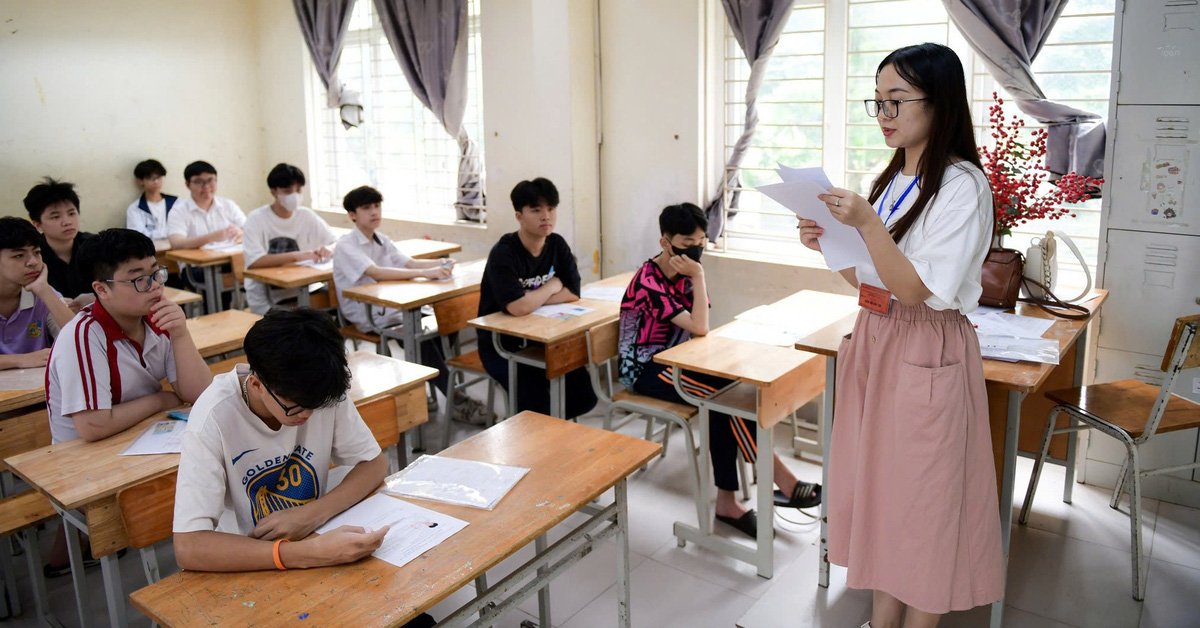

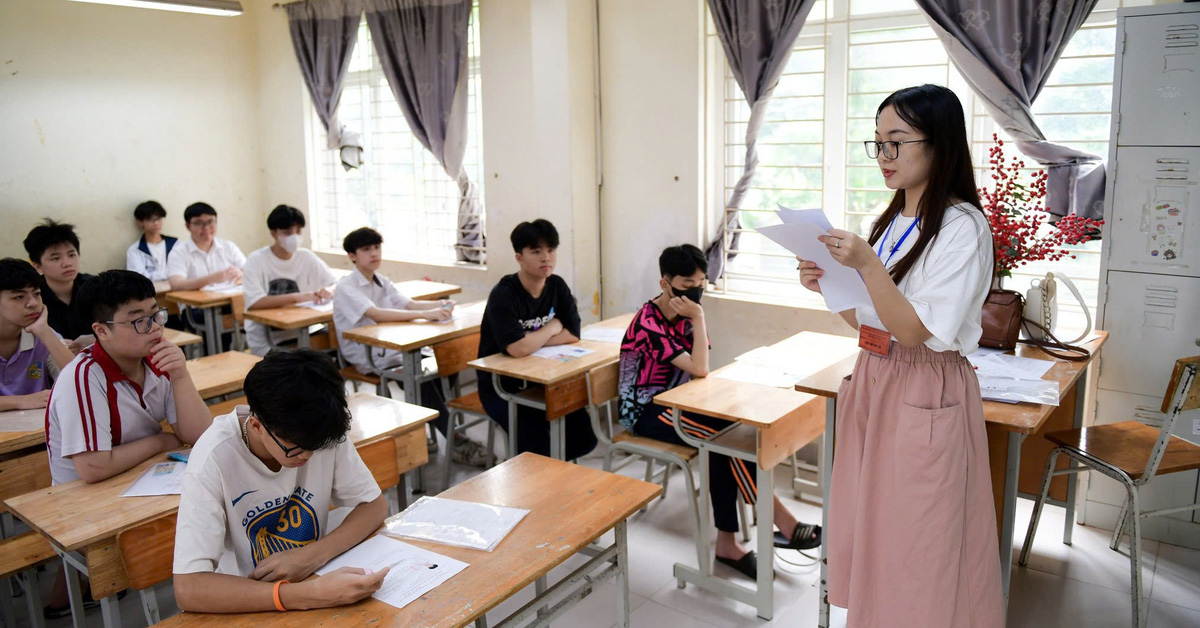

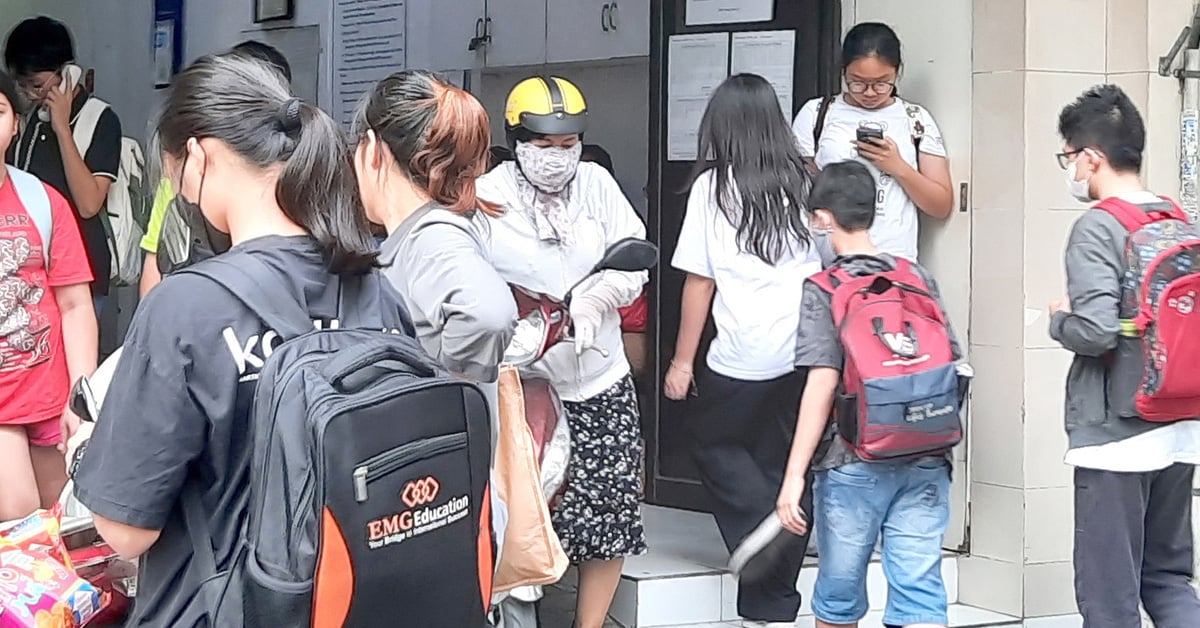















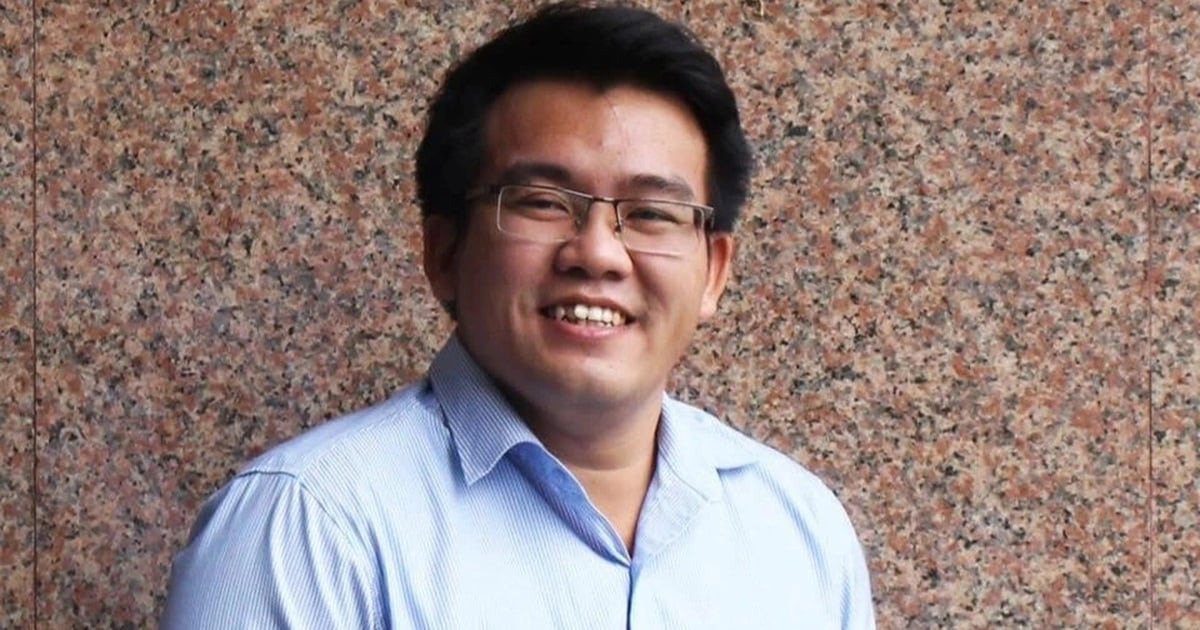












Comment (0)